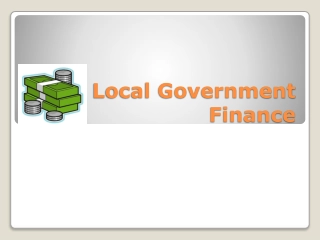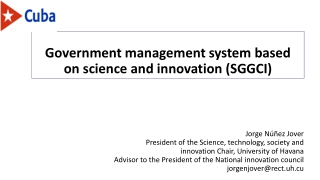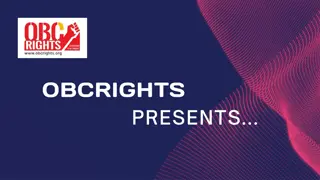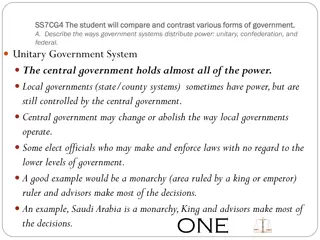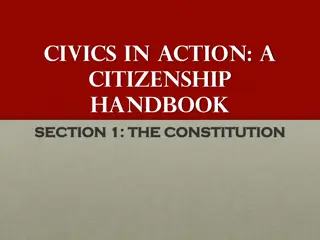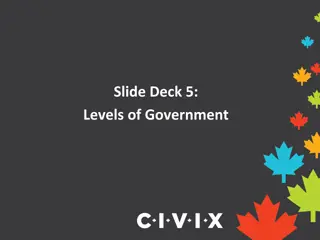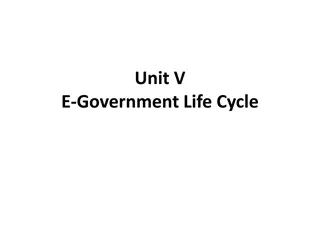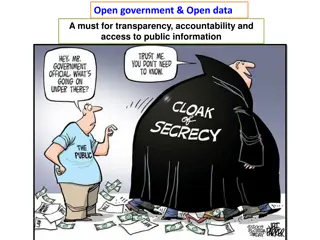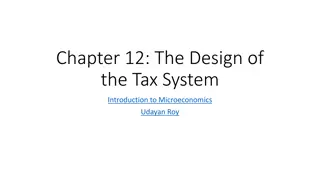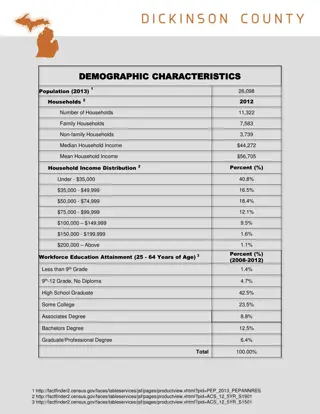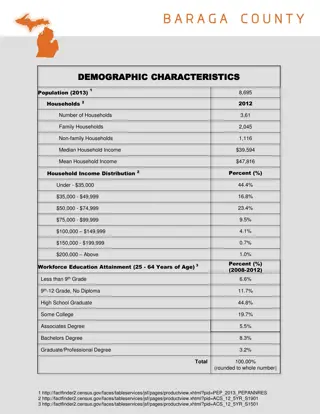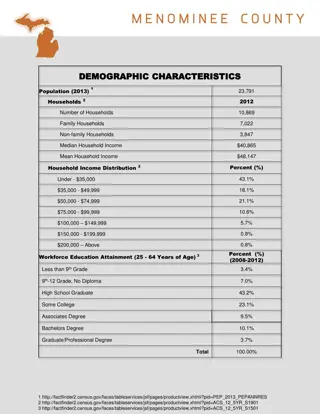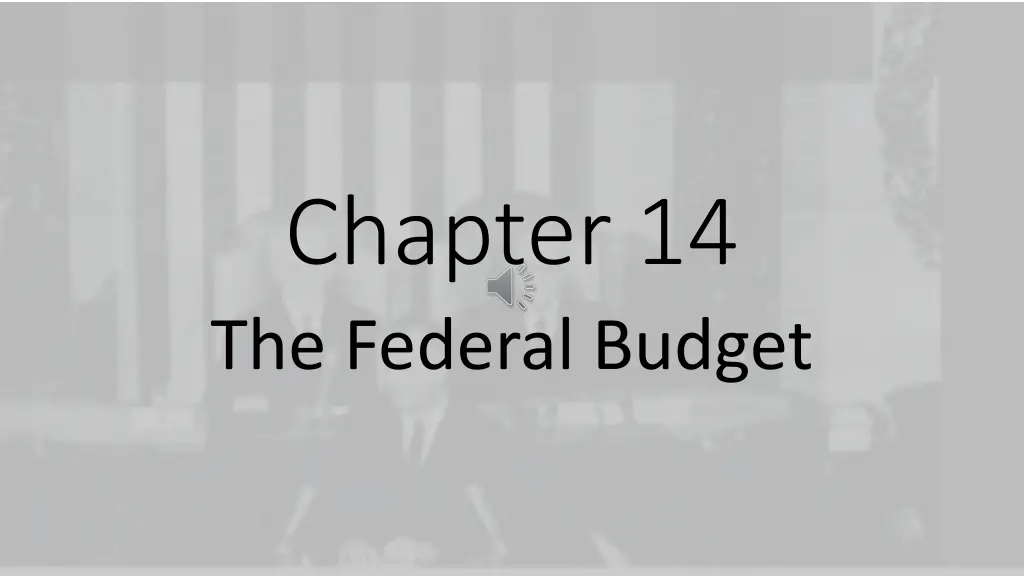
Understanding the Federal Budget Process and Government Spending
Explore the intricacies of the federal budget, from terms like budget surplus and deficit to the Budget Impoundment Control Act of 1974. Discover the sources of government revenue and types of taxes, as well as how federal spending is categorized. Dive into discretionary spending and state budgets to gain a comprehensive overview of financial governance.
Download Presentation

Please find below an Image/Link to download the presentation.
The content on the website is provided AS IS for your information and personal use only. It may not be sold, licensed, or shared on other websites without obtaining consent from the author. If you encounter any issues during the download, it is possible that the publisher has removed the file from their server.
You are allowed to download the files provided on this website for personal or commercial use, subject to the condition that they are used lawfully. All files are the property of their respective owners.
The content on the website is provided AS IS for your information and personal use only. It may not be sold, licensed, or shared on other websites without obtaining consent from the author.
E N D
Presentation Transcript
Chapter 14 The Federal Budget
A. Budget process 1. Important terms a. balanced budget: expenses & revenue are = b. budget surplus: extra money c. budget deficit: not enough $; expenses exceed revenue d. deficit spending: funding programs without $, get $ from borrowing, not tax revenue- leads to a higher national debt
2. Budget Impoundment Control Act of 1974 a. Legis & exec branch share control over budget spending b. Created Congressional Budget Office (non- partisan): compares president s budget to its estimate of future revenues & expenses c. Congress issues a budget resolution, a set of guidelines that reflect Congress spending priorities
B. Fed govt sources 1. individual income tax: lgst source of federal income 2. Social insurance taxes (Social Security, Medicare)
3. corporate income tax 4. progressive taxes: tax higher incomes at a higher percentage (ex. Income tax); good for poor 5. regressive taxes: tax is the same for all incomes (ex. Sales tax); good for rich
C. Spending 1. Federal: mandatory: entitlements (Soc Sec, unempl, food stamps) & fed debt interest discretionary (mostly military)
2. Discretionary (budget items that can be raised or lowered as Congress sees fit a. largest category is military spending b. earmarks: spending added to a bill that benefits one Congressional district (ex. $233 bill for bridge in rural Alaska)
3. State budgets: limit tax increases & require voters to approve tax hikes through referendum 4. Local spending 1. funds fire protection, educ & law enforcement 2. property taxes: tax property (state & local govts only)

